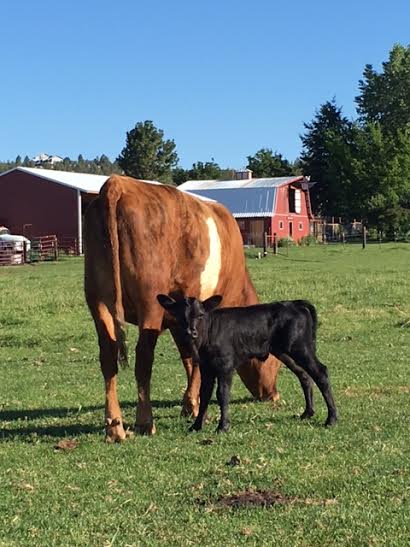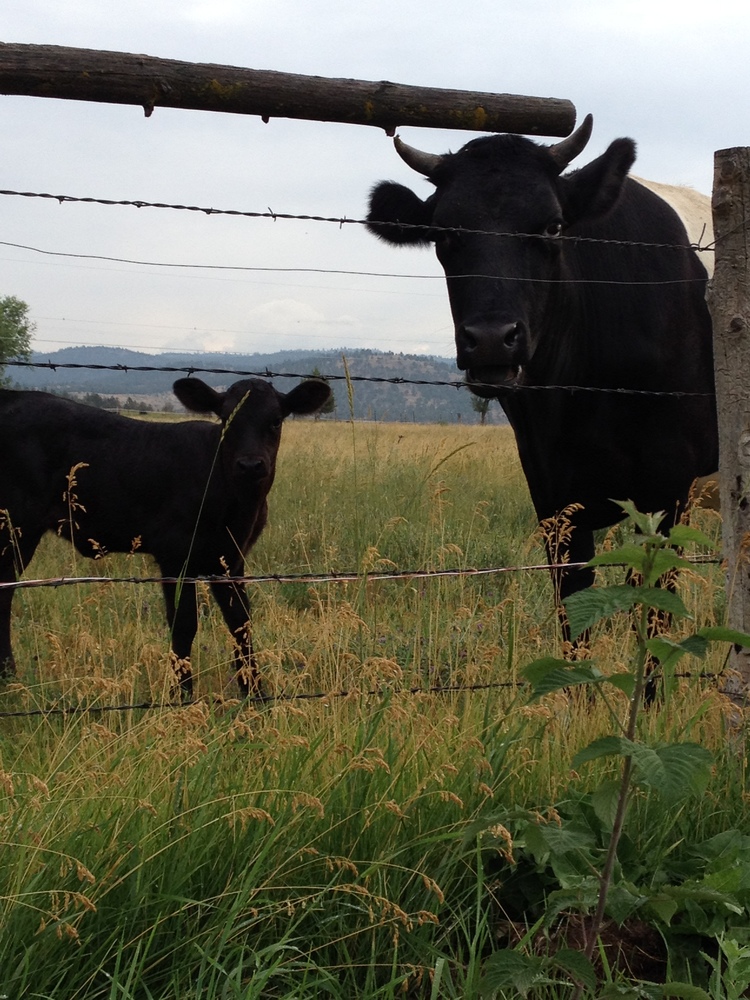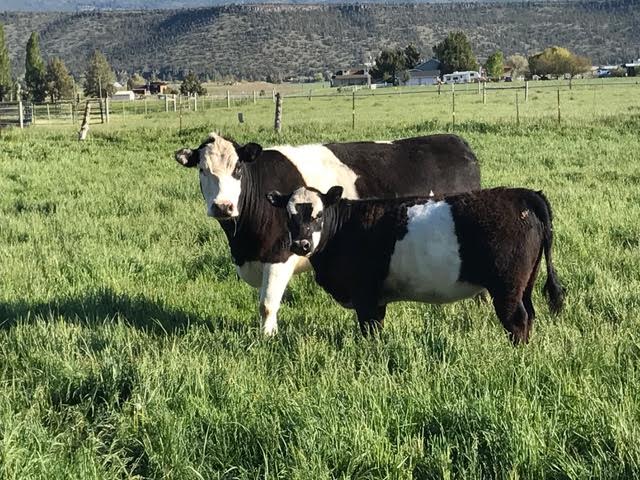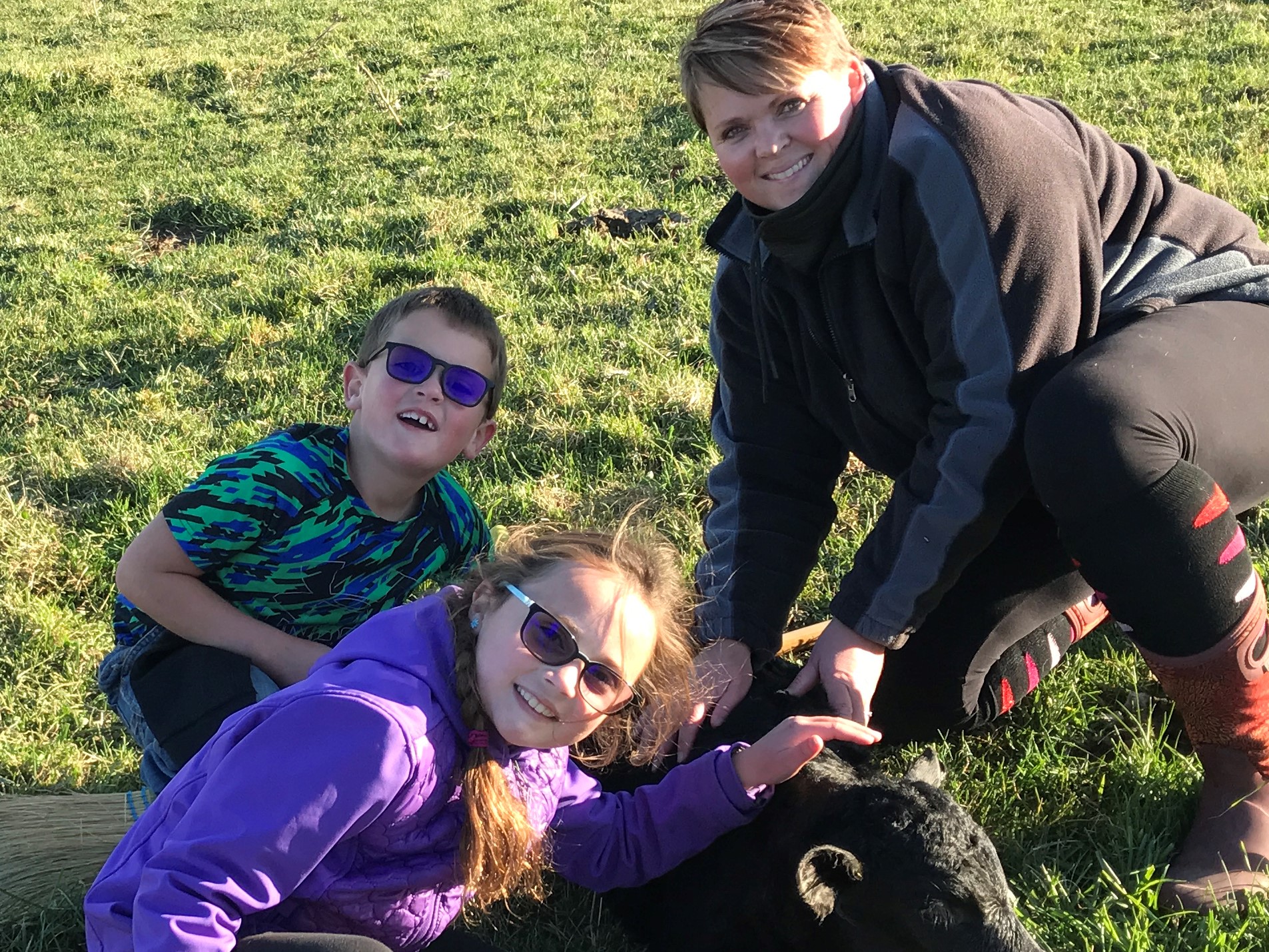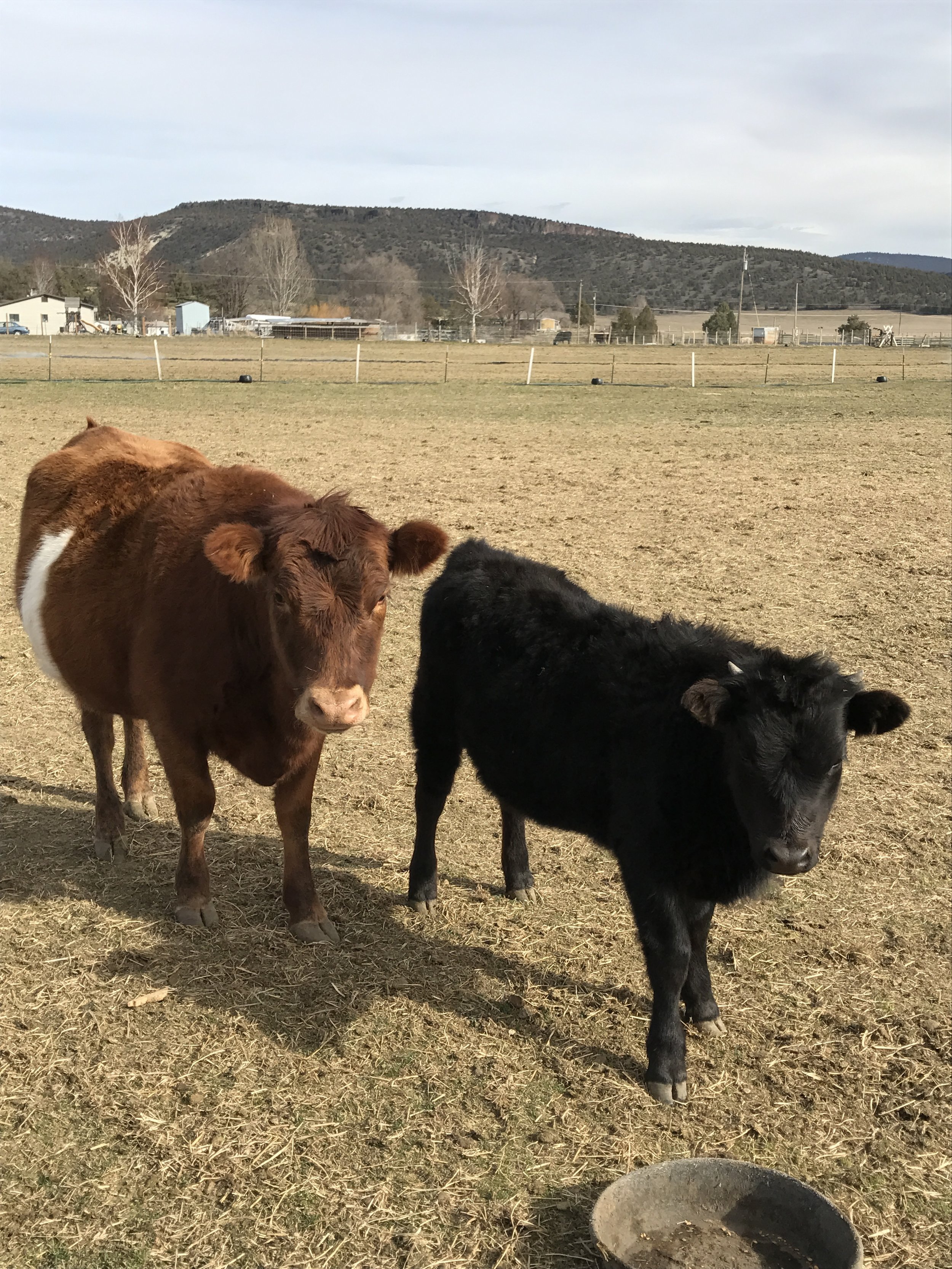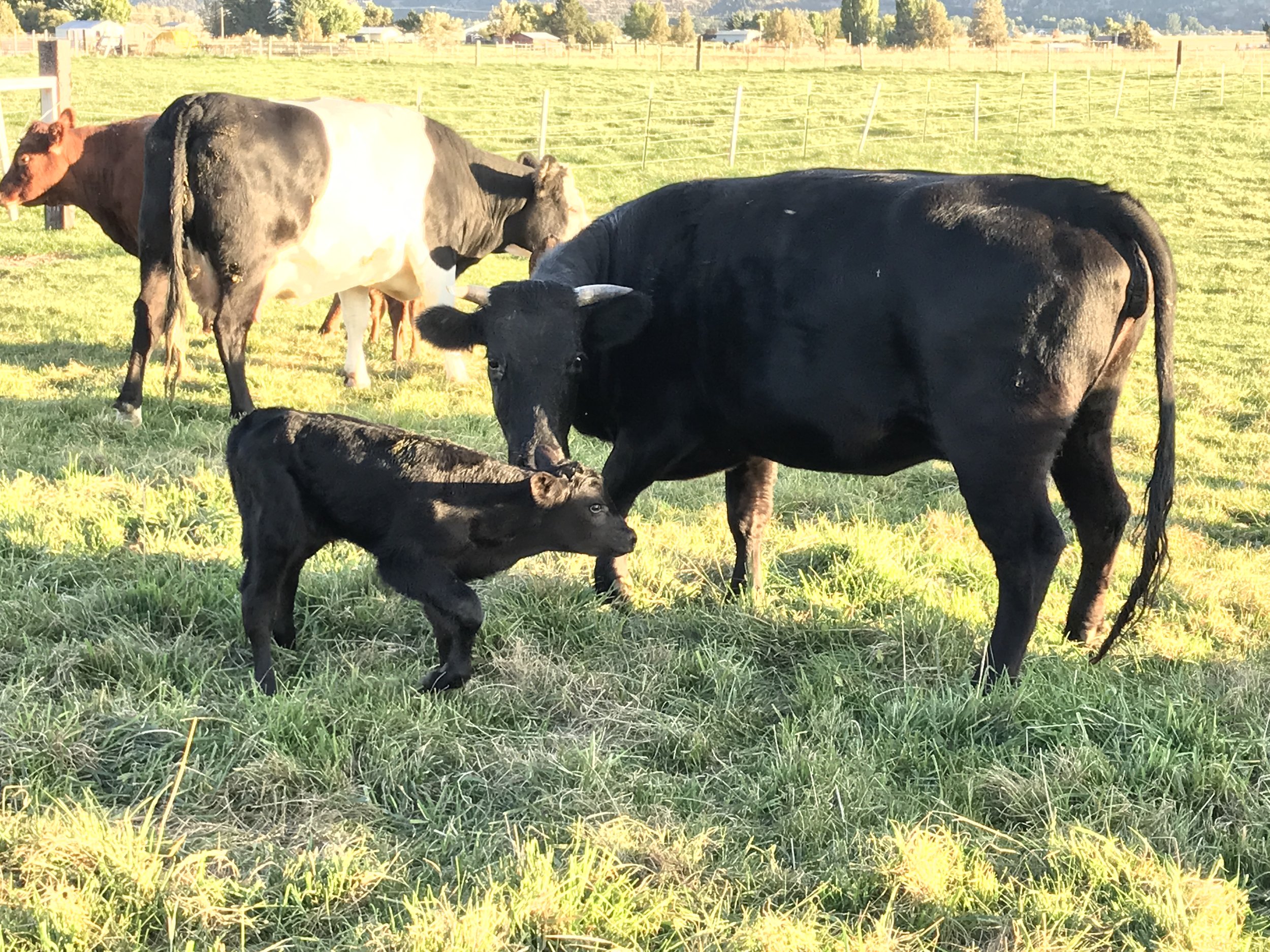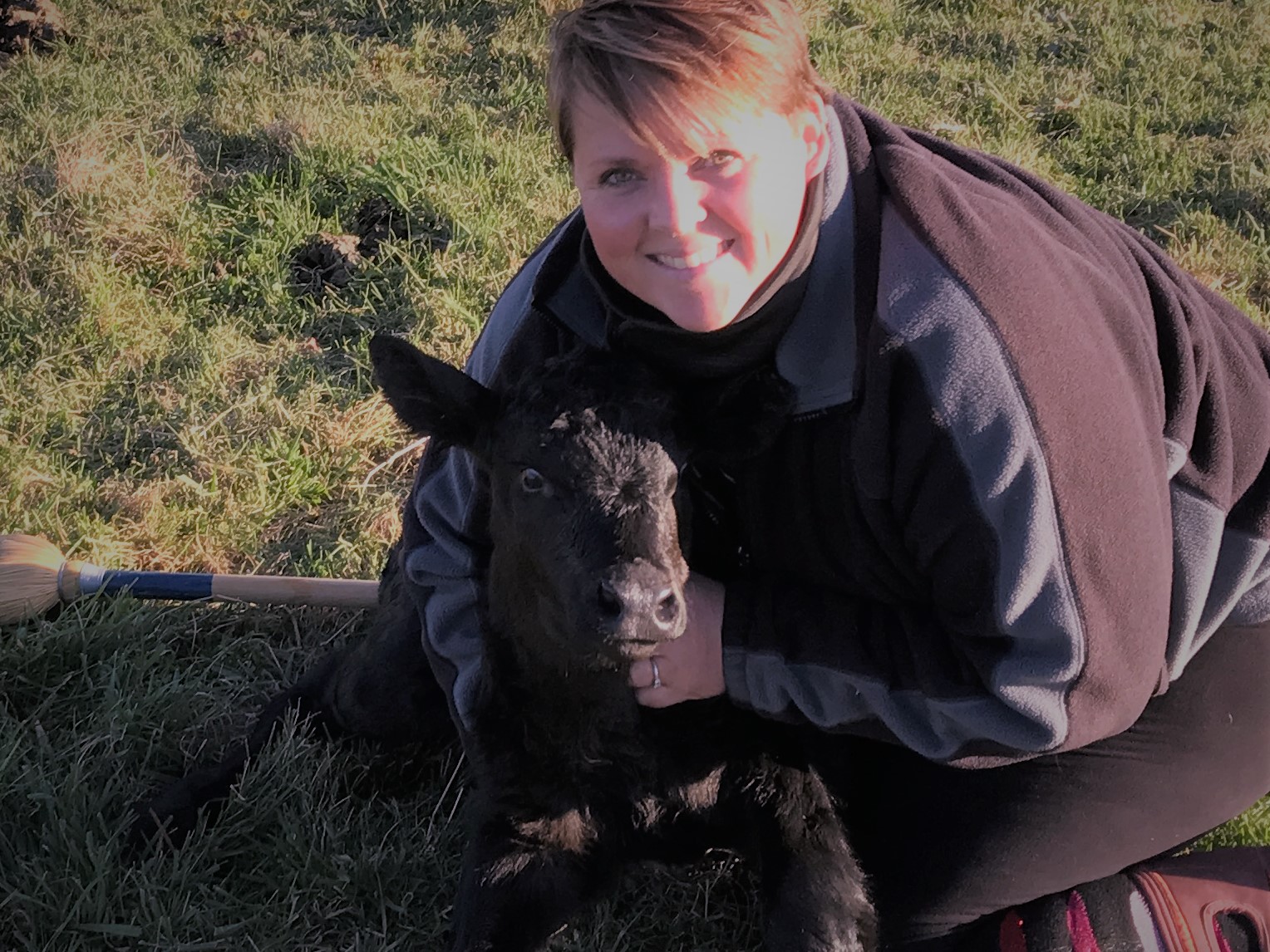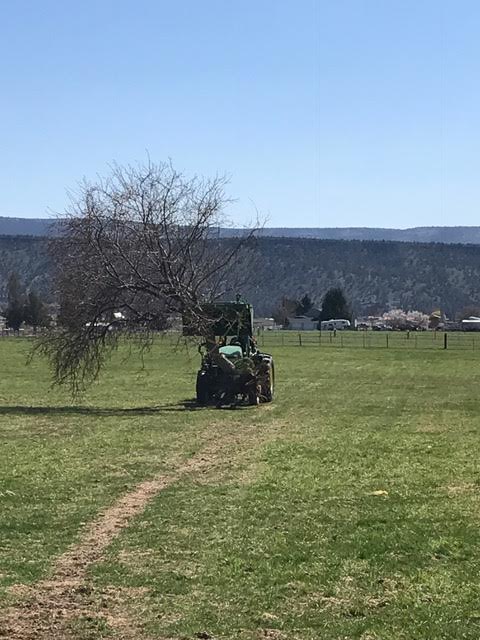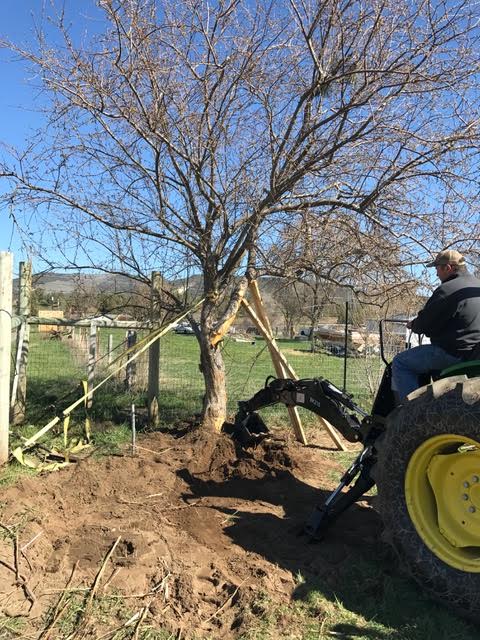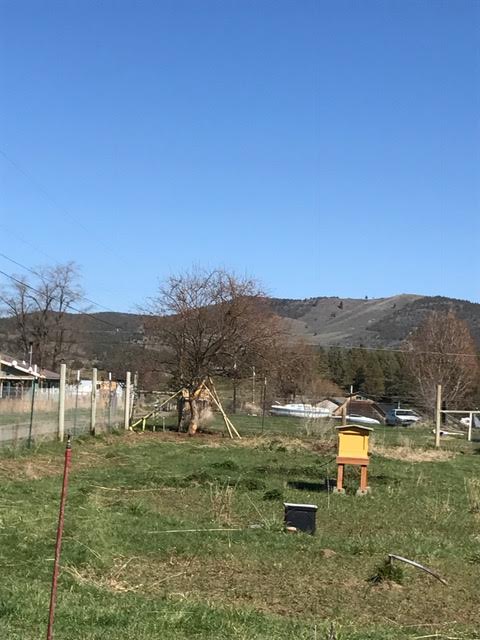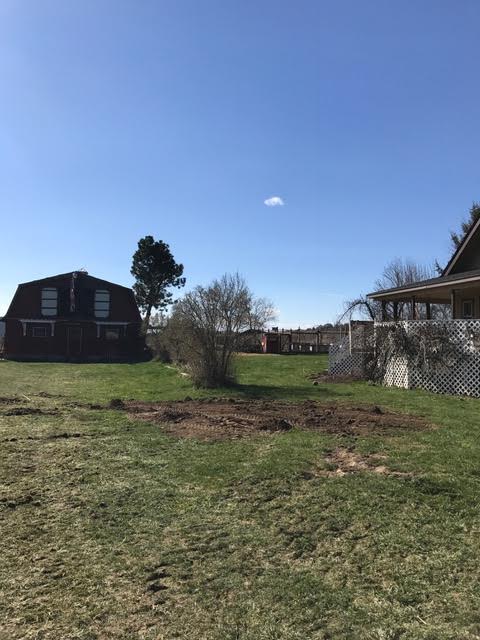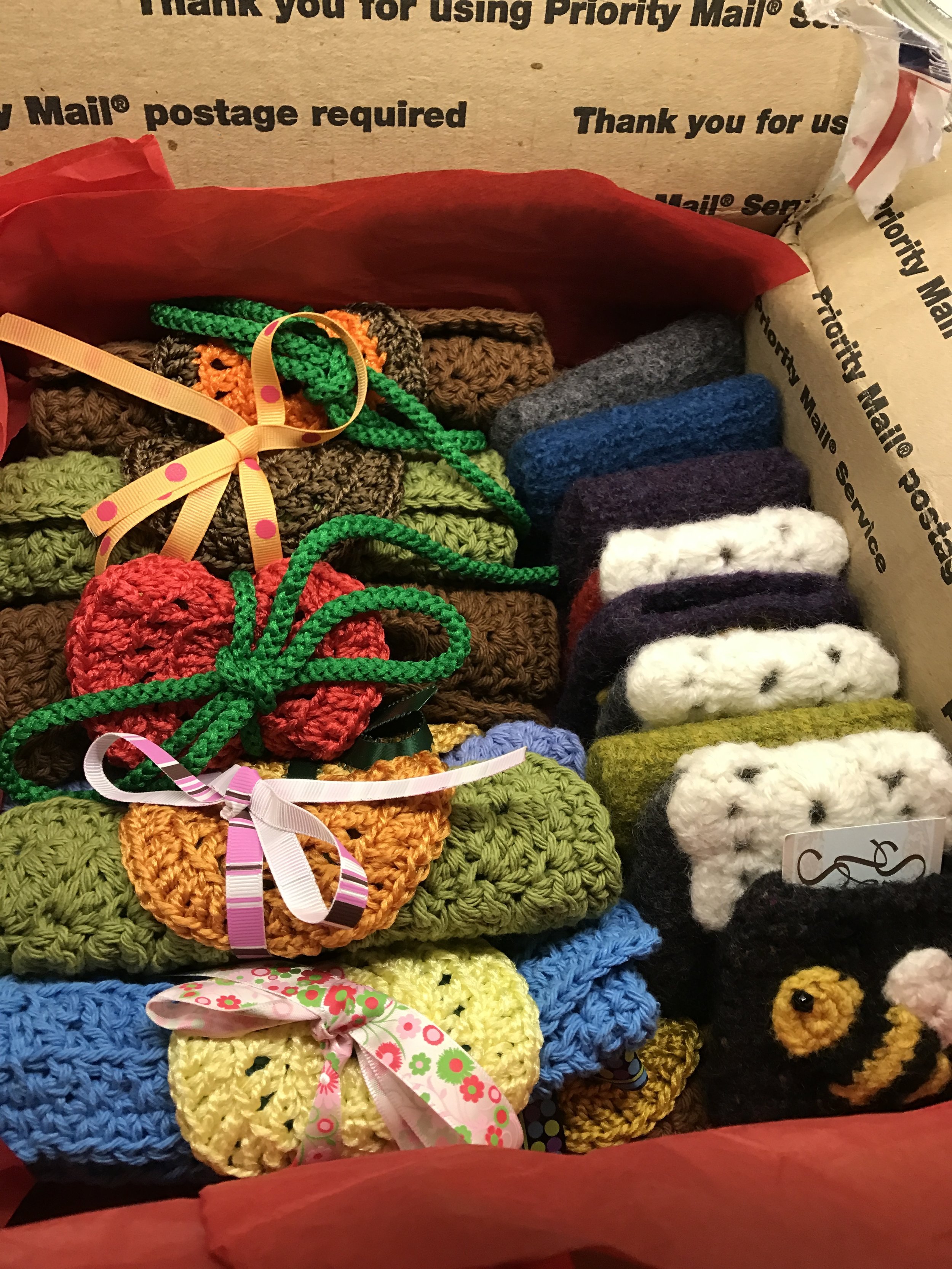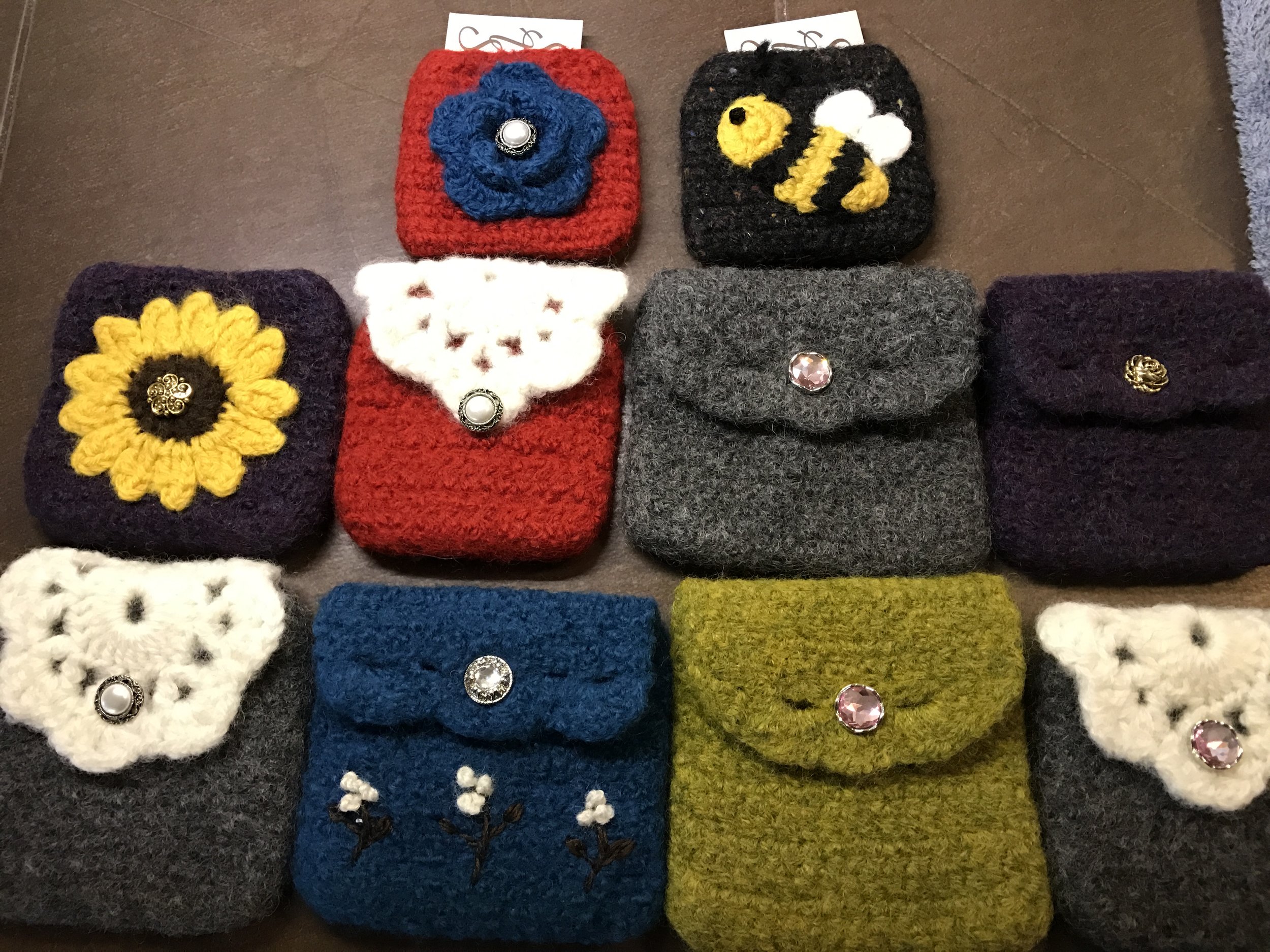We've experienced another beekeeping first on on the farm. We lost our first hive. Honestly, it has taken me some time to process. I've gone through all kinds of emotions... shock, sadness, frustration, confusion, and finally acceptance. I haven't had the words to really write about it because before I arrived at "acceptance," I felt like sharing the news meant I had a beekeeping fail. Silly I know.
Here's the thing... I always knew that all beekeepers lose bees at some point. I knew that the rates of hive losses are high across the nation. The problem is I am a perfectionist and a major competitor. What do you mean one hive of our bees left? I love them! They can't leave!
After grappling with the variety of emotions I've felt since we discovered one of our hives left, I started reflecting more on the weeks leading up to our discovery. Did I see bees activity at the entry of the hive? YES. I thought for sure the high activity in February meant that the girls had survived the winter and that they were busy taking cleansing flights and preparing for the new foraging season. Did I stop to check for pollen going into the hive? NO. There wasn't anything blooming at that point of the year, so I wasn't concerned about that. Pollen going into the hive can be an indicator that there are babies to feed in the hive. February is pretty early for any major activity with the queen and new brood. Did I take time to inspect frames to see if the queen was laying and that honey supplies were enough to make it through to foraging season? The weather didn't lend itself to a warm enough, wind free day to inspect. Did the hive have a funny smell to it? NO. HMMMMM....
Eric and I did a full inspection on the hive during the first few weeks in March. We announced ourselves to the ladies buzzing about and began looking at frames. Right away we noticed lots of honey remained. Good news... the girls didn't need all that we left and there might be some for us to harvest. We kept going across the frames...empty frame, empty frame, empty frame. Where were they? I quickly opened the screened bottom board on our hive and there weren't any bees there. During a normal inspection there are a few dead bees on the bottom board. There weren't any. Where were they? Eric and I just looked at each other. Who were these bees flying around us?
The reality hit me like a freight train. These weren't my girls buzzing my head as we inspected. These were ROBBER BEES. Our hive was being robbed and our very first rescue swarm had picked up and left. When did they go? Why did they go?




















